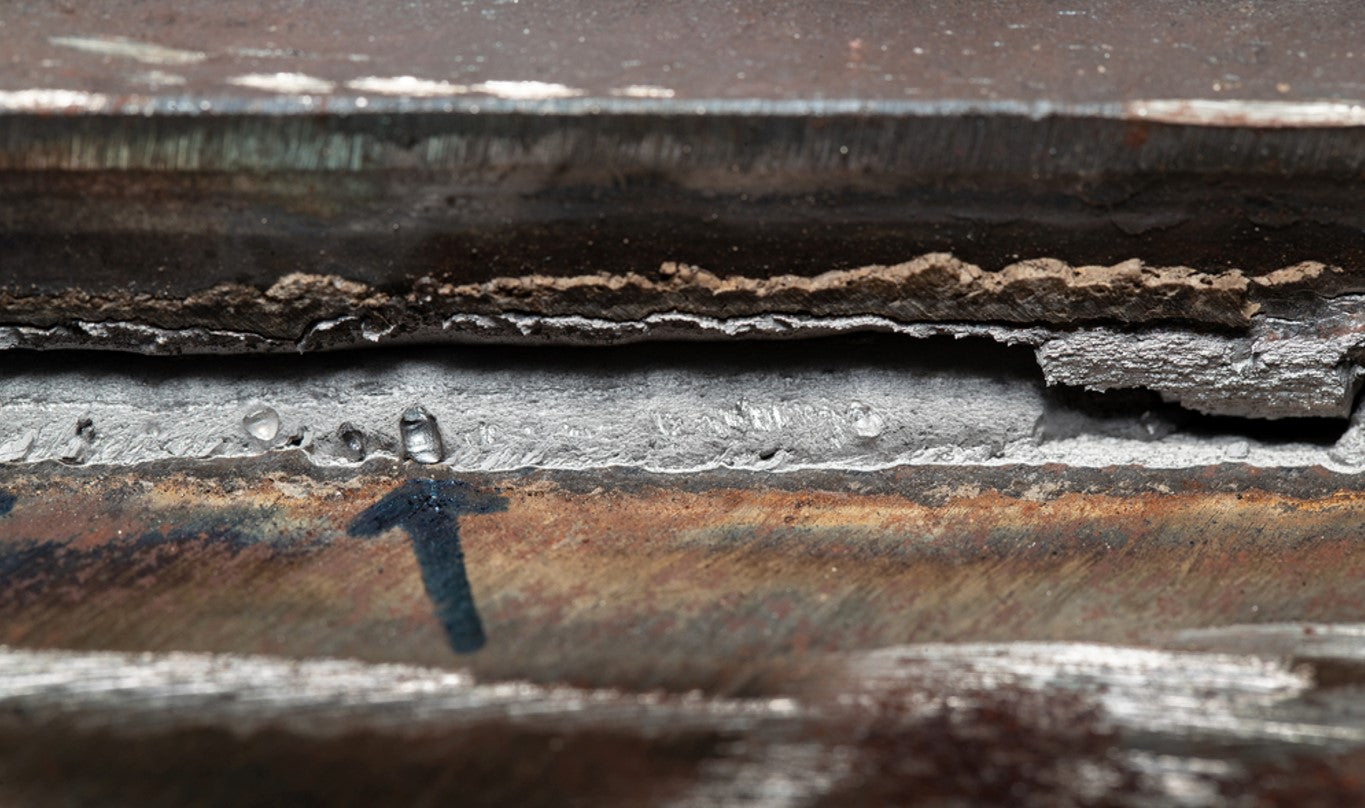Preventing Weld Undercut Made Easy: Secret Techniques Introduced
Preventing Weld Undercut Made Easy: Secret Techniques Introduced
Blog Article
Grasping the Art of Welding: Exactly How to Avoid Undercut Welding Issues for Flawless Construction Outcomes
Performance and accuracy are critical worldwide of welding, where also the tiniest flaw can jeopardize the structural honesty of a produced item. One common challenge that welders face is undercutting, a defect that can weaken a weld joint and lead to expensive rework. By recognizing the origin of undercut welding and executing reliable strategies to stop it, welders can boost their craft to brand-new degrees of quality (Preventing weld undercut). In the search of remarkable manufacture outcomes, mastering the art of welding to stay clear of undercut concerns is not just a skill however a requirement for those making every effort for perfection in their work.
Understanding Undercut Welding

To avoid undercut welding, welders need to make certain proper welding parameters, such as adjusting the present, voltage, traveling rate, and preserving the correct electrode angle. By recognizing the causes of undercut welding and implementing preventative measures, welders can achieve premium, structurally audio welds.
Causes of Undercut in Welding
Recognizing the factors that contribute to undercut in welding is necessary for welders to produce high-quality, structurally sound welds. Poor welding wrong or current welding rate can likewise add to damage. Understanding these reasons and executing appropriate welding methods can help protect against damaging issues, guaranteeing strong and long lasting welds.
Strategies to avoid Undercutting

To minimize the danger of damaging in welding, welders can utilize strategic welding techniques aimed at boosting the high quality and honesty of the weld joints. Additionally, utilizing the correct welding technique for the certain joint setup, such as weave or stringer beads, can add to reducing undercutting.
In addition, proper joint preparation, consisting of guaranteeing clean base products without contaminants and utilizing the appropriate welding consumables, is important in preventing undercut defects. Using back-step welding methods and regulating the weld bead account can additionally help disperse warmth uniformly and reduce the danger of undercut. Normal examination of the weld joint during and after welding, along with executing quality read control procedures, can aid in dealing with and discovering undercutting concerns immediately. By applying these techniques carefully, welders can accomplish perfect fabrication results with minimal undercut problems.
Significance of Appropriate Welding Criteria
Choosing and maintaining appropriate welding criteria is essential for achieving successful welds with very little defects. Welding parameters refer to variables such as voltage, current, take a trip speed, electrode angle, and protecting gas circulation rate that directly influence the welding process. These specifications must be thoroughly adjusted based on the kind of product being welded, its thickness, and the welding technique utilized.
Correct welding parameters make certain the correct amount of warmth is related to thaw the base steels and filler material consistently. If the specifications are set too expensive, it can click over here result in extreme heat input, triggering burn-through, distortion, or spatter. On the various other hand, if the criteria are also low, insufficient combination, absence of infiltration, or damaging may take place.
Quality Control in Welding Procedures

Verdict
To conclude, understanding the art of welding needs an extensive understanding of undercut welding, its causes, and strategies to prevent it. By guaranteeing proper welding specifications and implementing quality control practices, flawless manufacture results can be attained. It is necessary for welders to regularly make every effort for excellence in their welding procedures to avoid undercut issues and generate high-quality welds.
Undercut welding, an usual problem in welding procedures, happens when the weld metal doesn't appropriately fill up the groove and leaves a groove or depression along the bonded joint.To prevent undercut welding, welders need to make certain appropriate welding parameters, such as readjusting the present, voltage, traveling speed, and maintaining the proper electrode angle. Insufficient welding current or incorrect welding speed can also contribute to undercut.To minimize the threat of damaging in welding, welders can employ look at this site calculated welding techniques aimed at enhancing the quality and honesty of the weld joints.In conclusion, grasping the art of welding needs a comprehensive understanding of undercut welding, its causes, and techniques to avoid it.
Report this page